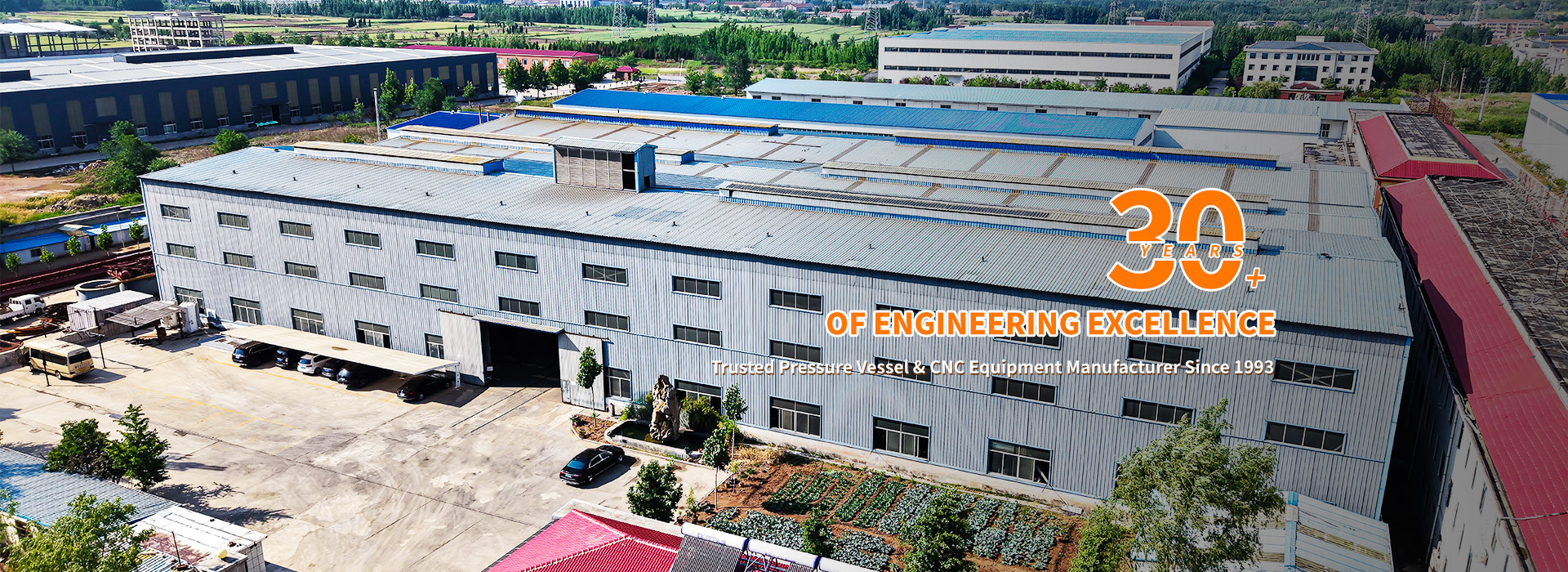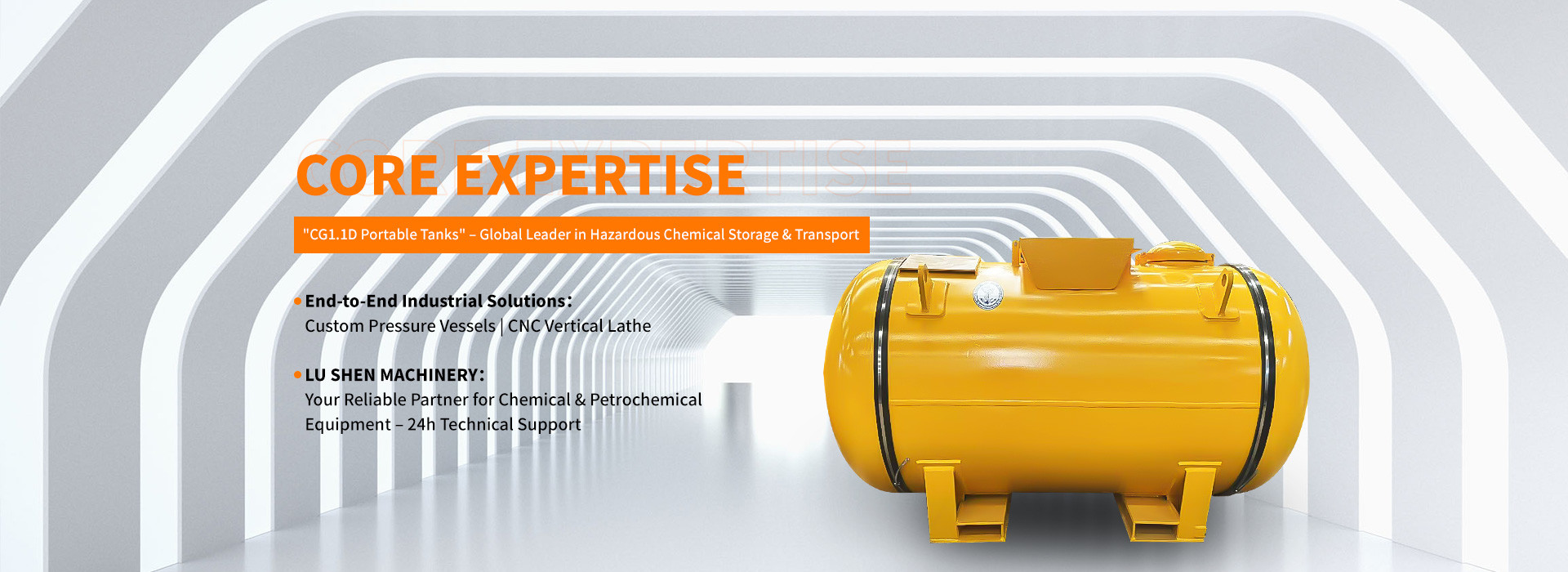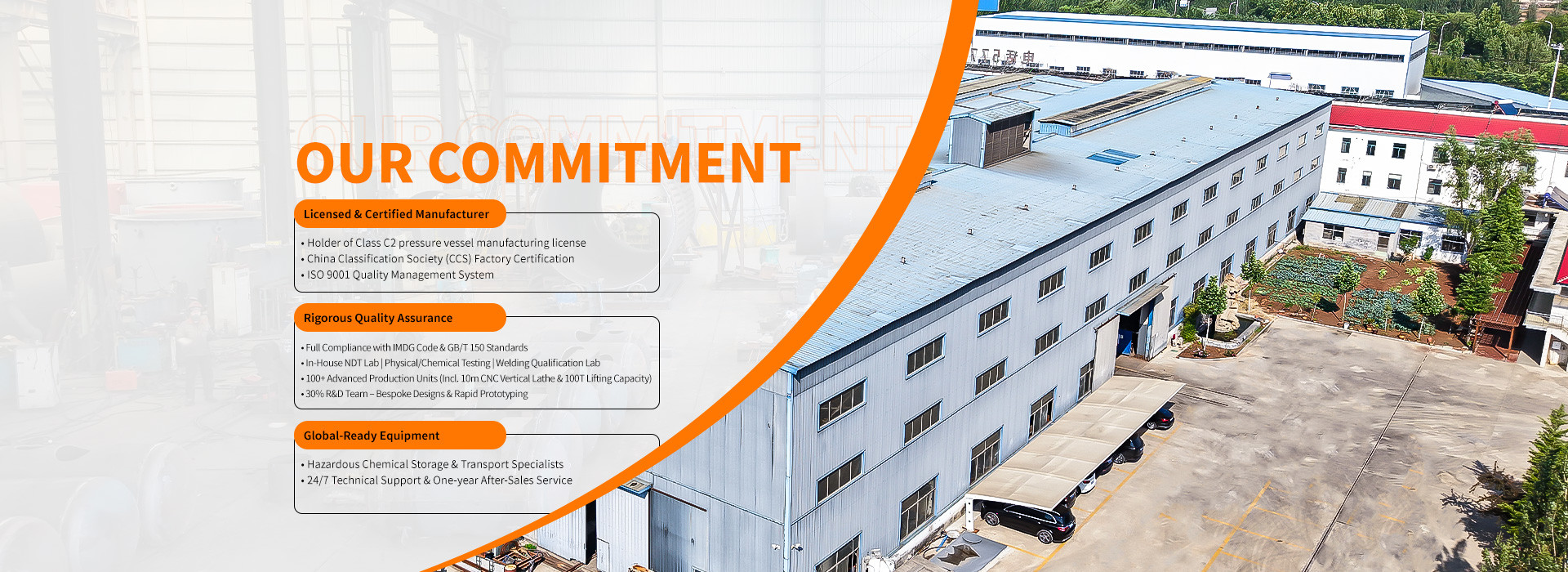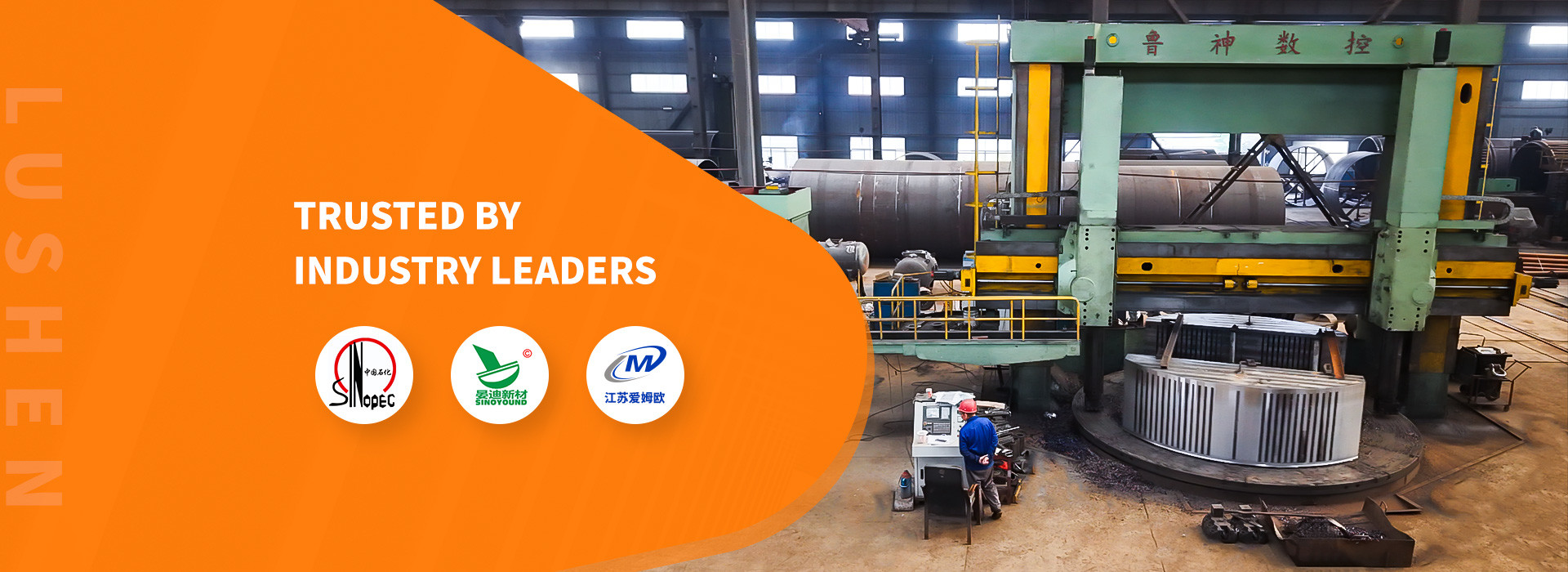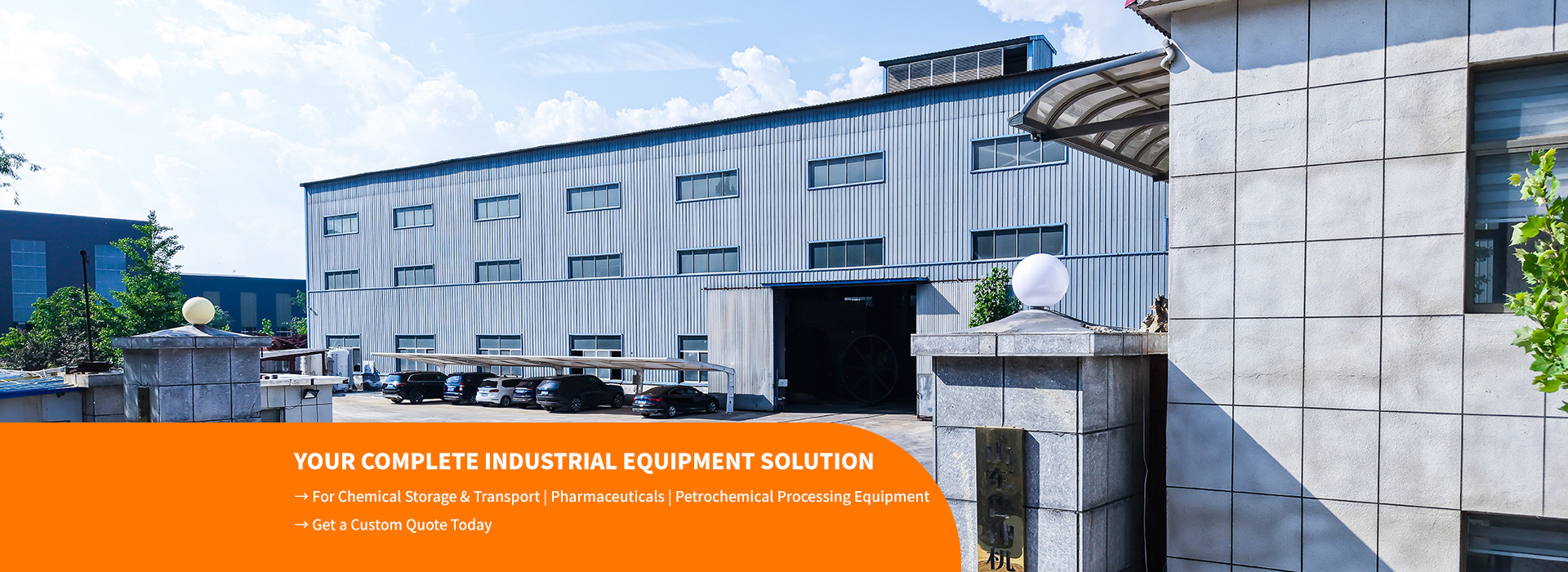Volume specifications of Pressure Vessel Tanks
2025-12-10
Volume specifications are critical in the design and application of pressure vessel tanks,as they directly influence safety,efficiency,and performance.Pressure vessels are typically categorized based on their intended use,with common applications in industries such as oil and gas,chemical processing,and power generation. The volume of a pressure vessel tank is determined by several factors,including the type of material being stored,the operating pressure,and the temperature of the contents.For gas storage tanks,volume specifications must account for the gas’s compressibility,which necessitates adhering to specific engineering calculations that consider both pressure and temperature conditions. In the case of liquid storage,such as in chemical plants,the volume specifications also include considerations for expansion,venting,and potentially hazardous reactions.Standard sizes for pressure vessel tanks vary greatly,typically ranging from a few liters to several thousand cubic meters,depending on the application. Additionally,regulatory standards,such as those set by the American Society of Mechanical Engineers(ASME)and the Pressure Equipment Directive(PED)in Europe,dictate minimum design parameters for safety and operational stability. In conclusion,understanding volume specifications is essential for the effective design,safety,and efficiency of pressure vessel tanks,ensuring they meet industry requirements and operational needs effectively.
View More
Application scenarios of portable pressure vessels
2025-11-05
Portable pressure vessels play a crucial role in various industries,offering flexibility and convenience for transporting and storing gases or liquids under pressure.One common application is in the medical field,where portable oxygen tanks are used for patients requiring supplemental oxygen.These lightweight vessels allow for mobility and immediate access to oxygen therapy in emergency situations or home care scenarios. In the industrial sector,portable pressure vessels are employed for transporting compressed gases such as nitrogen or argon for welding applications.Their portability facilitates easy movement between job sites,reducing downtime and improving operational efficiency. Another significant application is in firefighting,where portable pressure vessels,such as water tanks or foam dispensers,provide first responders with the necessary resources to tackle fires in remote or inaccessible areas.These vessels can be quickly deployed,enhancing the effectiveness of fire response efforts. In the food and beverage industry,portable pressure vessels are often utilized for carbonating water and beverages,ensuring consistent quality and flavor during production.Their mobility allows for flexibility in the manufacturing process. In summary,portable pressure vessels find applications across medical,industrial,firefighting,and food sectors,providing essential functionality that enhances efficiency,safety,and convenience in various operational contexts.
View More
Applications of CNC Vertical Lathes
2025-10-09
CNC vertical lathes are widely used across various industries due to their efficiency and precision in machining complex components.One of the primary applications is in the aerospace industry,where these lathes produce intricate parts such as turbine housings and landing gear components.The high precision required in aerospace applications makes CNC vertical lathes an ideal choice. In the automotive sector,these machines are utilized for manufacturing components like brake discs,gears,and engine blocks.The ability to handle large workpieces efficiently allows manufacturers to maintain high productivity while ensuring tight tolerances. Another significant application is in the energy sector,where CNC vertical lathes are employed to create parts for turbines,compressors,and other equipment used in oil and gas extraction.The durability and robustness of the components produced are critical for the demanding conditions of energy production. Additionally,the machinery and toolmaking industries benefit from CNC vertical lathes for producing precise tooling components,bases,and fixtures.This versatility extends to medical device manufacturing,where precision machining is vital for producing surgical equipment and implants. In summary,CNC vertical lathes serve a broad range of applications,including aerospace,automotive,energy,machinery,and medical fields,offering unparalleled precision and efficiency that meet the rigorous demands of modern manufacturing.
View More
Advantages of CNC Vertical Lathes
2025-08-16
CNC vertical lathes are essential tools in modern manufacturing,offering a range of advantages that enhance production efficiency and product quality.One of the primary benefits is their precision.Equipped with computer numerical control(CNC)technology,these lathes deliver high accuracy in machining,allowing for intricate designs and tight tolerances that are essential in industries like aerospace and automotive. Another significant advantage of CNC vertical lathes is their versatility.They can handle a variety of materials,including metals and plastics,making them suitable for diverse applications.This adaptability allows manufacturers to streamline operations by using a single machine for multiple tasks,reducing capital expenditure on machinery. Additionally,CNC vertical lathes improve production speed.Automated processes enable faster setup times and reduced cycle times,contributing to increased output.Operators can program complex machining sequences,minimizing manual intervention and the risk of human error. Furthermore,these lathes enhance workplace safety.The enclosed design and automated operation diminish the need for operators to be close to moving parts,reducing the likelihood of accidents. In conclusion,CNC vertical lathes offer precision,versatility,efficiency,and enhanced safety,making them indispensable in today’s manufacturing landscape.Their capabilities enable companies to meet the growing demands for high-quality and intricate components.
View More
What is the difference between a pressure tank and a pressure vessel?
2025-07-14
While often used interchangeably,pressure tanks and pressure vessels serve distinct purposes and have different design specifications. A pressure tank is primarily designed for the storage and management of fluids under pressure,such as water or gas.These tanks are often utilized in applications like irrigation systems,well water systems,and heating systems.They generally operate at lower pressures and may include features like diaphragm systems to maintain water pressure,making them suitable for household and agricultural use. In contrast,a pressure vessel is a more robust structure engineered to hold gases or liquids at significantly higher pressures.Commonly found in industries such as oil and gas,chemical processing,and power generation,pressure vessels undergo stringent standards and codes to ensure safety and integrity.They are built to withstand extreme temperatures and pressures and often require complex engineering analyses during their design phase. Moreover,pressure vessels are typically made from high-strength materials and are subjected to rigorous inspection processes,while pressure tanks may not require such stringent scrutiny. In summary,the primary difference lies in their applications and structural requirements,with pressure vessels designed for high-pressure environments and critical industrial uses,and pressure tanks intended for lower-pressure fluid storage and management.
View More



